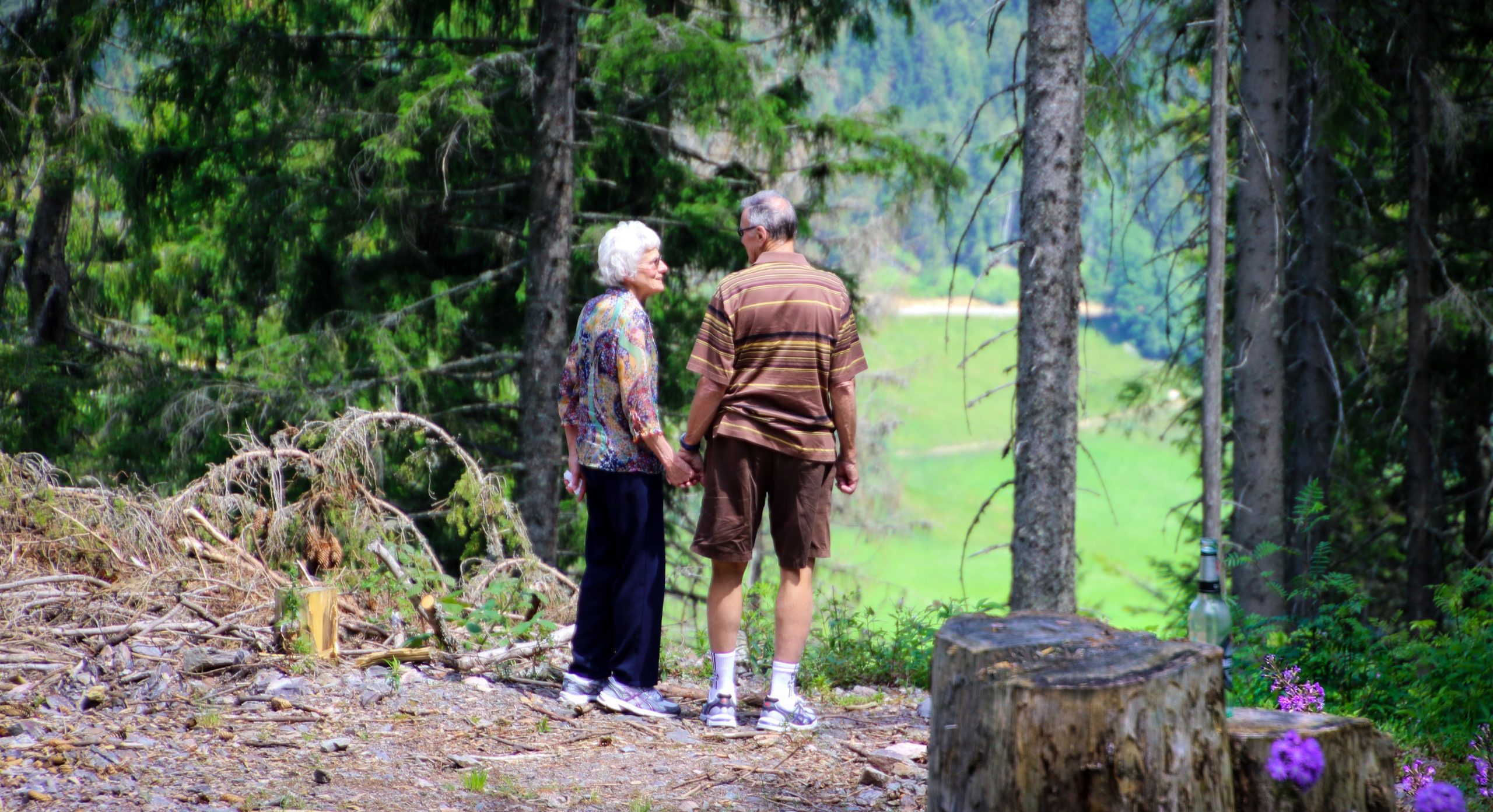As you get older, staying active is incredibly important for your health. Not getting enough exercise can increase your chances of age-related diseases and make you more prone to falling over.
Walking is a great way to stay fit. It’s easy to incorporate into your daily routine, and all you need to get started is a sturdy pair of shoes.
Keep reading to learn more about the benefits of walking and how to get the most out of every step.
Five benefits of walking for the elderly
1) Burn calories
Although most people expect to gain weight as they age, it’s important that those in later life still watch their weight as a build-up of fat around the midriff can increase your risk of heart disease and type-2 diabetes.
Walking can help you manage your weight by burning off excess calories. Use a smartwatch or calorie calculator to work out how many calories you burn.
2) Lower your blood sugar
A study published by the American Diabetes Association found that taking a 15-minute walk after every meal improved blood sugar levels more than going for one long walk. If you suffer from high blood sugar, eat at regular intervals and take a stroll after you’ve eaten to manage your condition and prevent hyperglycemia.
3) Improve your mental health
When you’re feeling stressed, nothing can calm the nerves quite like a brisk walk. Studies show that it can reduce anxiety, boost your mood and make you feel more confident. Better yet, when done as a group, walking can help those who struggle with isolation meet new people and feel less lonely.
4) Reduce your risk of dementia
According to the Alzheimer’s society, of all the lifestyle changes that have been studied, regular exercise during mid- and later life is one of the best ways to reduce your risk of developing dementia.
For people who already have dementia, activities like walking can also slow down the progression of the condition. One study found that regular exercise maintains the brain’s white matter, the part of the brain responsible for planning and organisation.
5) Live longer
Researchers have uncovered a link between walking pace and life expectancy. The researchers analysed reports from 11 walking groups across the UK and found that those who walked at an “average” pace rather than a slow one reduced their overall risk of dying by 20 percent.
Tips for walking more in later life
Make it second nature
There’s plenty of evidence to show that walking in later life is good for you, but what are the practical steps that you can take to do it more often?
The best place to start is to make walking more of a habit. You can do this by making small changes to your everyday routine. Good examples include:
- Commuting by foot
- Always getting off the bus a few stops early
- Using the stairs instead of a lift or escalator
- Going for a stroll after dinner
- Meeting friends for a walk
Add variety
Walking can become a little humdrum if you don’t mix it up. To keep your walks interesting, spice things up every now and again with a new route or visiting somewhere new.
Social enterprises like Walk Unlimited offer lots of resources for people of all ages to find inspiring and educational walks. Their website has lots of information about walking and helpful links to free maps.
Join a walking group
Walking groups are a great way to stay motivated and meet new people. There are lots of them across the UK, and people of all ages, abilities and levels of fitness can attend. If you’re interested in joining a walking group, Walking for Health can help you find a local scheme.
Tips for staying safe while walking
As we get older, our chances of falling over and suffering a serious injury increase. This makes it especially important for older walkers to be prepared. Below are some simple tips for staying safe while you walk.
Visibility
If you enjoy going for an evening stroll, or know you are going to be out after dark, you should take steps to make sure you can see where you are going and others can see you. You can do this by wearing brightly coloured or reflective clothing, carrying a torch and keeping to well-lit areas.
Wear comfortable shoes
Because our feet change as we get older, elderly people tend to have different footwear needs than other age groups. When shopping for your new walking shoes, keep these three points in mind:
- Make sure your shoes fit well and don’t slip off. If you wear compression socks, make sure your footwear can accommodate them without being too tight.
- Look for well-ventilated, supportive shoes with high sides and low heels.
- Make sure the soles of your shoes offer plenty of grip.
Wear a GPS alarm
GPS alarms like Care Go offer reassurance. They feature location tracking and fall detection so no matter where you are – whether at home or walking to the shops – you are covered every step of the way.
If you get lost, feel unwell or suffer a fall, you can press the panic button on your alarm to speak to a member of our 24-hour monitoring team. They can let the emergency services or one of your emergency contacts know exactly where you are.
Stay hydrated
Dehydration can lead to dizziness and confusion, increasing your chances of falling over and seriously injuring yourself.
To stay hydrated, make sure you drink plenty of water before you leave the house and fill up a water bottle so you can take small sips while you walk. Drinking little but often rather than lots in one go will prevent you feeling bloated or needing to go to the bathroom.
